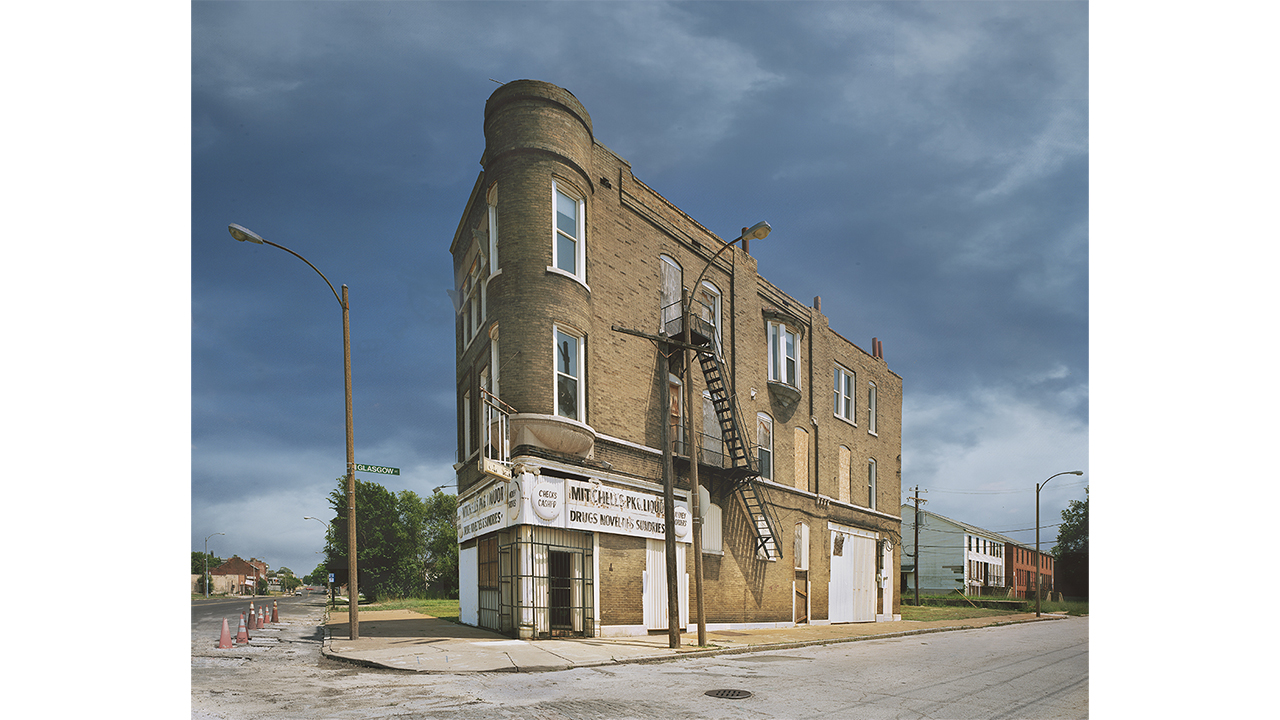
All That Has Been Left Behind
By Walter Johnson
The façade looks like a sort of a cartoon face, as if the house belongs in a children’s book. The old house that abides. Broke down. A little grumpy. Waiting for someone to come along and restore its past glory.
The photo [7009 Virginia Avenue #2, by Michael Eastman] hails me as a child, it enlists my desire to comfort and be comforted. The bricks remind me of the house I grew up in. I imagine mowing the lawn and mending the stairs. Moving in. Raising the crooked roof and polishing the faded floors. Painting walls. A fire in the fireplace.
This photo, like so many of those in Michael Eastman’s beautiful, moving, beguiling, maddening collection, transmutes history into timelessness. The house stands alone outside of time. It is a token of the past detached from its actual and ongoing social history. Singled out, the house is not part of a block or a neighborhood or a city. It stands alone, available for redevelopment.
We could move in by Christmas.

7009 Virginia Avenue #2 (Photo courtesy of Michael Eastman)
I was once inside a broke-down boarded-up house like this, on the North Side of St. Louis. It was one of the saddest places I have ever been. But the sadness was not for the faded and forgotten glory of the personified house waiting for the right owner, but for the pieces of lives left behind inside. A plastic mattress underneath a tipped over crib. Rotting clothes and left-behind shoes. An ossifying bottle of Ketchup. A Tonka tow truck fallen through a hole in the floor.
This house was left behind because its occupants were left behind. Because of back taxes or code violations or foreclosure or unpaid-rent eviction. Because their own broken dreams were not enough to keep a roof over their heads.
It seemed like the people who had lived there left in a hurry.
Like the houses in Michael Eastman’s photos, this house had been left behind. But not because its occupants did not care for it enough to take care of it, not because the house had to wait for someone to come along and see its forgotten beauty and raise it up out of shattered history into a fantasy of ready-made reclamation.
This house was left behind because its occupants were left behind. Because of back taxes or code violations or foreclosure or unpaid-rent eviction. Because their own broken dreams were not enough to keep a roof over their heads. Because they were poor. Because our society treats a house as a commodity rather than a human right. Because the North Side of St. Louis has been abandoned by its governors and its neighbors—deliberately, legally, implacably abandoned.
I think this is what accounts for the sense of unease when I look at Eastman’s beautiful photos, when I am drawn into them, when I drive around the city looking at it through eyes like his camera lens: these neighborhoods are not empty they are full. Of little kids and anxious, hopeful, doting parents, of wise elders, of people falling in love and striving and hustling and sometimes falling over the edge of their precarious lives.
I wonder if a crowd gathered around Michael Eastman when he took some of these photos. I wonder about the sounds in the air, the curiosity, the suspicion, the speculation, the laughter, the sound of a baby crying, a car radio passing on the wind.
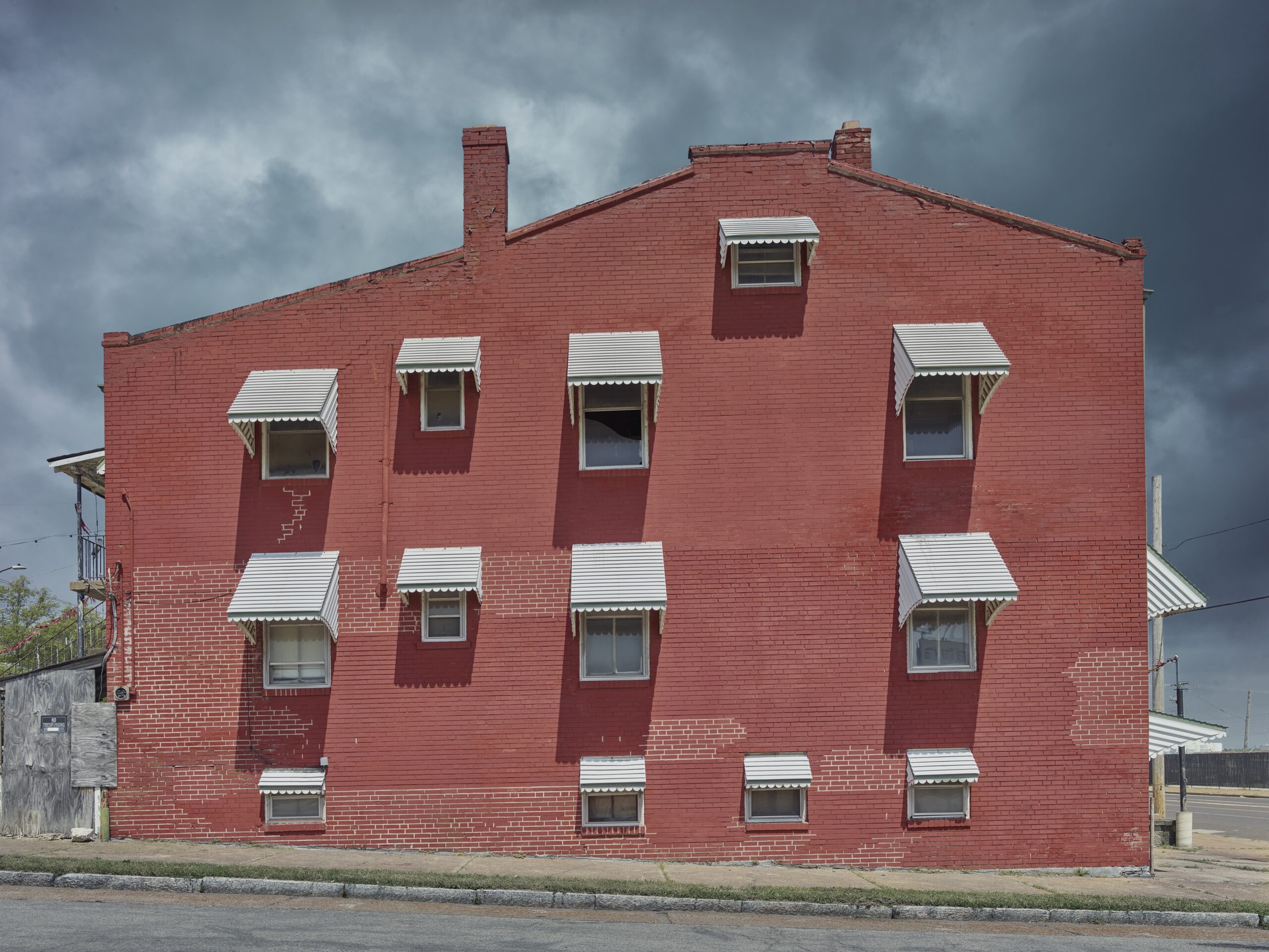
South Broadway Red Building (Photo courtesy of Michael Eastman)
• • •
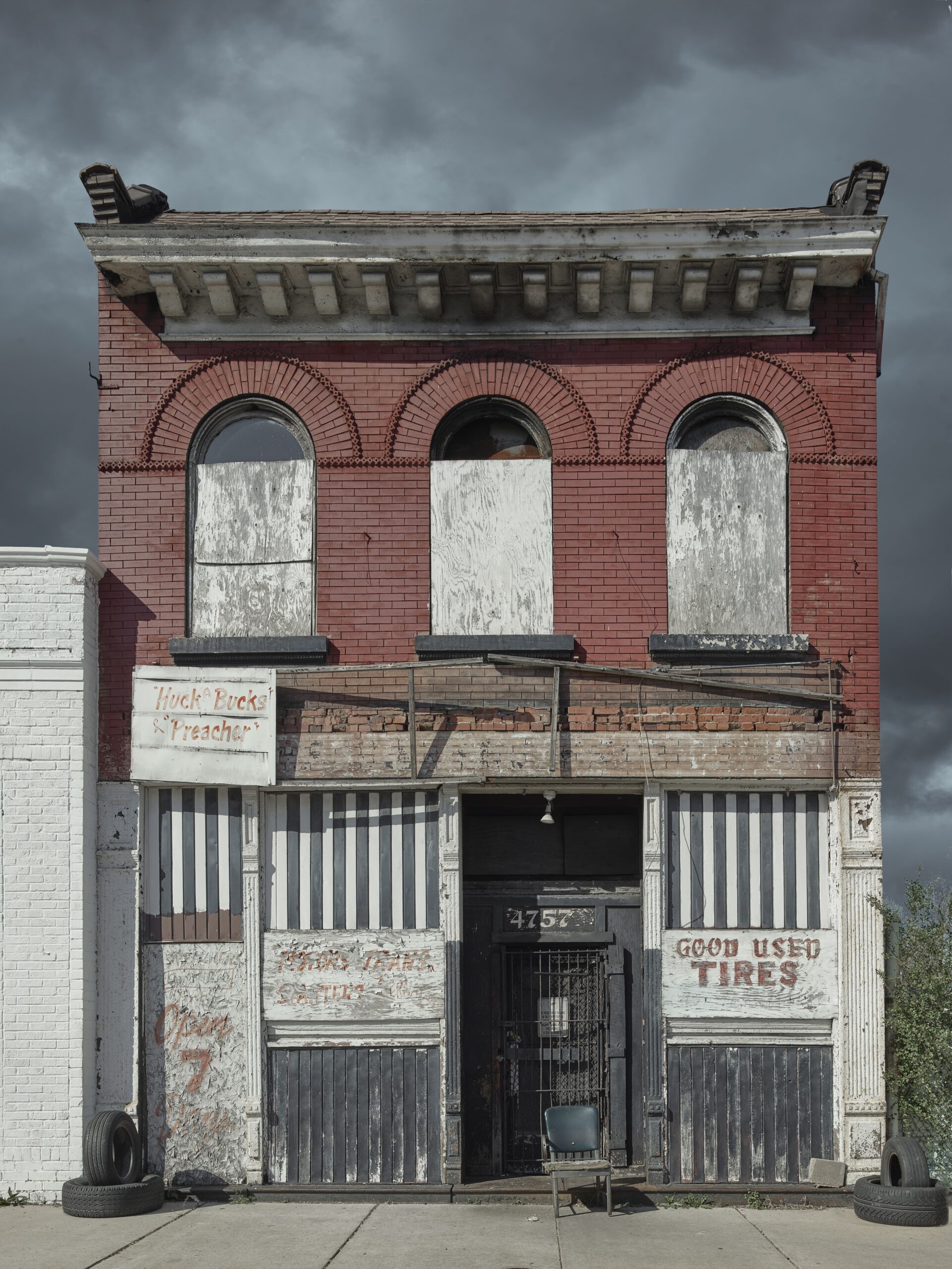
Good Used Tires, MLK Blvd. (Photo courtesy of Michael Eastman)
Six Hundred Words About Stolen Moments in St. Louis
By Michael E. Willis
First: Put on Oliver Nelson’s “Stolen Moments” from the CD Blues and the Abstract Truth. Listen to the first stanza, and then when it repeats, start to read this out loud. The broken buildings of my hometown tell many stories. They are testaments, they are bookmarks, they are chapters torn out of history books, they are archeological finds that tell the story of a civilization, but they are not discovered in the Amazon, or in the deserts of Africa, Egypt, or Greece, or rocky, dusty, faraway foreign fields. They are found right here, in front of you, in the cities, on the bus lines, on the sidewalks, standing as testaments of lives led, people housed, people at work, and people at play. You can see the artifacts right in front of you. Not like Nefertiti in Berlin’s Pergamon Museum, but just like my parents Ikey and Joan Willis, Emma, Tex, and Pixie—Queen Esther, my grandparents. Ed, Mike Swaine, Tola Hitchens, Sweet James, and Albert, my uncles, my aunties Dora, Betty Jean… The Gaskins, the Taylors, the Reverend Fiddmonts, Smitty, Redboy, our next-door neighbors, Blackwells, the Harrises, the Coles, the Hitchens, Uncle Alex, the Wheelers, our teachers Mr. Hudson and Lois Turner, our principal Augustus C. Clark at Waring School—a one-room school housed in Harris Teacher’s College next to LaClede Town, on the bones of Hiroshima Flats, or Mill Creek Valley. Where did we go? The Wohl Swimming Pool at Easton (now Martin Luther King, Jr Blvd) and Kingshighway. The Que-King BBQ joint at St. Louis Avenue and Kingshighway.
You can see the artifacts right in front of you. Not like Nefertiti in Berlin’s Pergamon Museum, but just like my parents Ikey and Joan Willis, Emma, Tex, and Pixie—Queen Esther, my grandparents.
There was Carter Carburetor, the Continental Building where through the glass you could watch KATZ, Black radio deejays like Leo Cheers, “the Man in the Red Vest” on the air. So here is to the Forest Park Highlands and the Comet roller coaster, and the Comet movie theater where we could go for 25 cents, because it was air-conditioned in the sweltering summer. Yes. So what would the archeologists find? They would find the place where Larry ran the pool tables, ten times in a row, where dice were thrown, where the music was as like a sermon, whispering God-tones in the ears, and turning up the jazz, until the day, the day, started to fade, giving way to the late-night voices, leaving the tyranny of the day, controlled by others, to be left behind. Rack ’em up. One more round of pool. So, let us raise a glass, to the workers, to the dreamers, the pool shooters, to the people with two jobs, maybe three, who worked hard, played hard, shrugged off the slurs, the rants, the sneers, the bad news, the bad news, and walked into the realm of possibilities. I raise a glass to those who came before me, the mothers, the fathers, the uncles, the aunties, the neighbors, who taught me, who showed me how they lived their lives, and showed me, the dark tunnel, and the light that shown bright at the other end. So step up, be joyful, look at the relics, dust them off, and smile at the parts and pieces still left, and see them, really see them, not as inert rubble, but as indicators, as fragments, as hieroglyphics which tells the story of an amazing, resilient people, flawed, but whole, lost, but found, punished, but celebrated, unseen, but named in a thousand joyous cheers: Hey Man! Hey Sisters! Yes. I see you!
… let us raise a glass, to the workers, to the dreamers, the pool shooters, to the people with two jobs, maybe three, who worked hard, played hard, shrugged off the slurs, the rants, the sneers, the bad news, the bad news, and walked into the realm of possibilities.
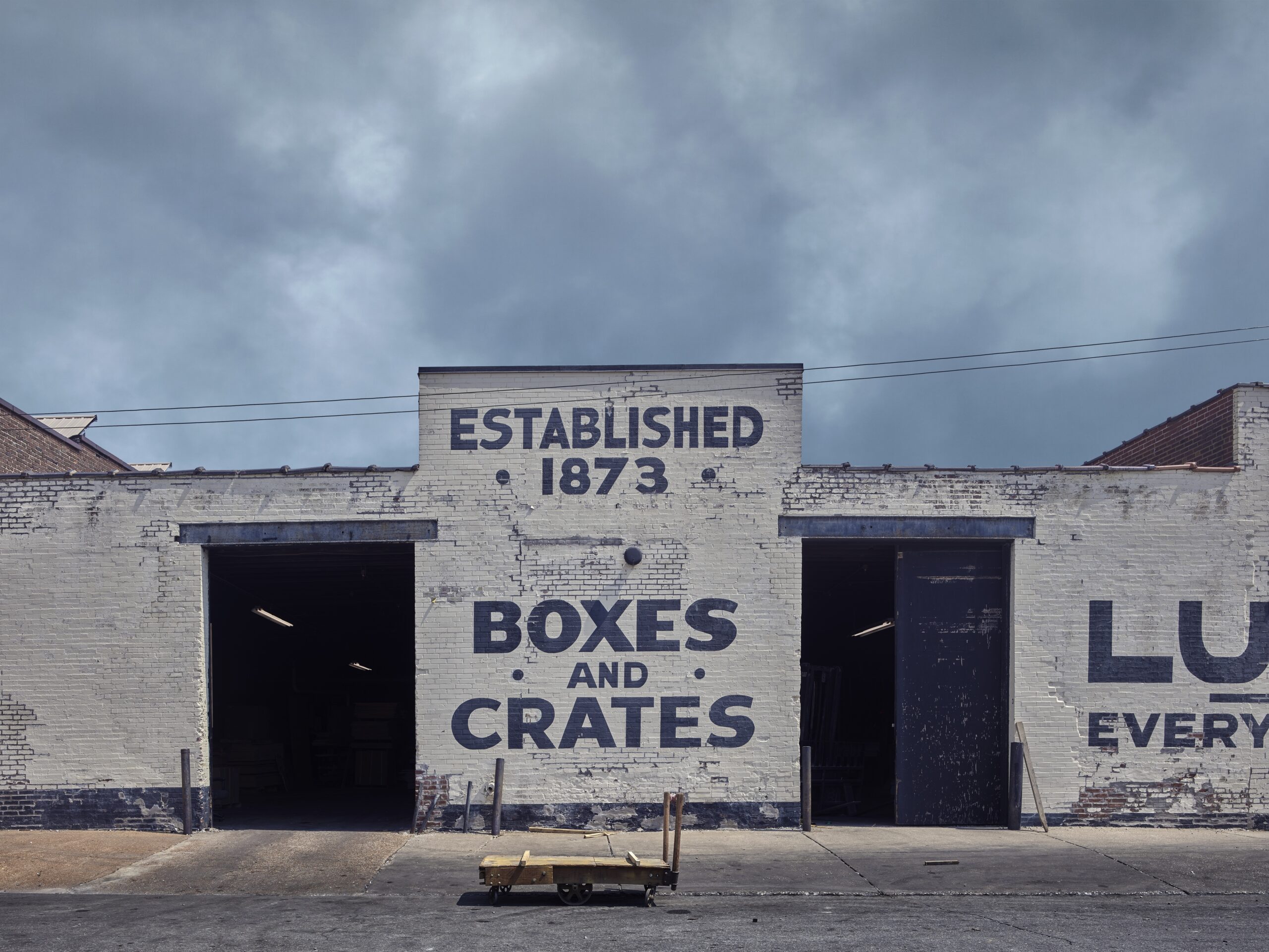
(Photo courtesy of Michael Eastman)
• • •
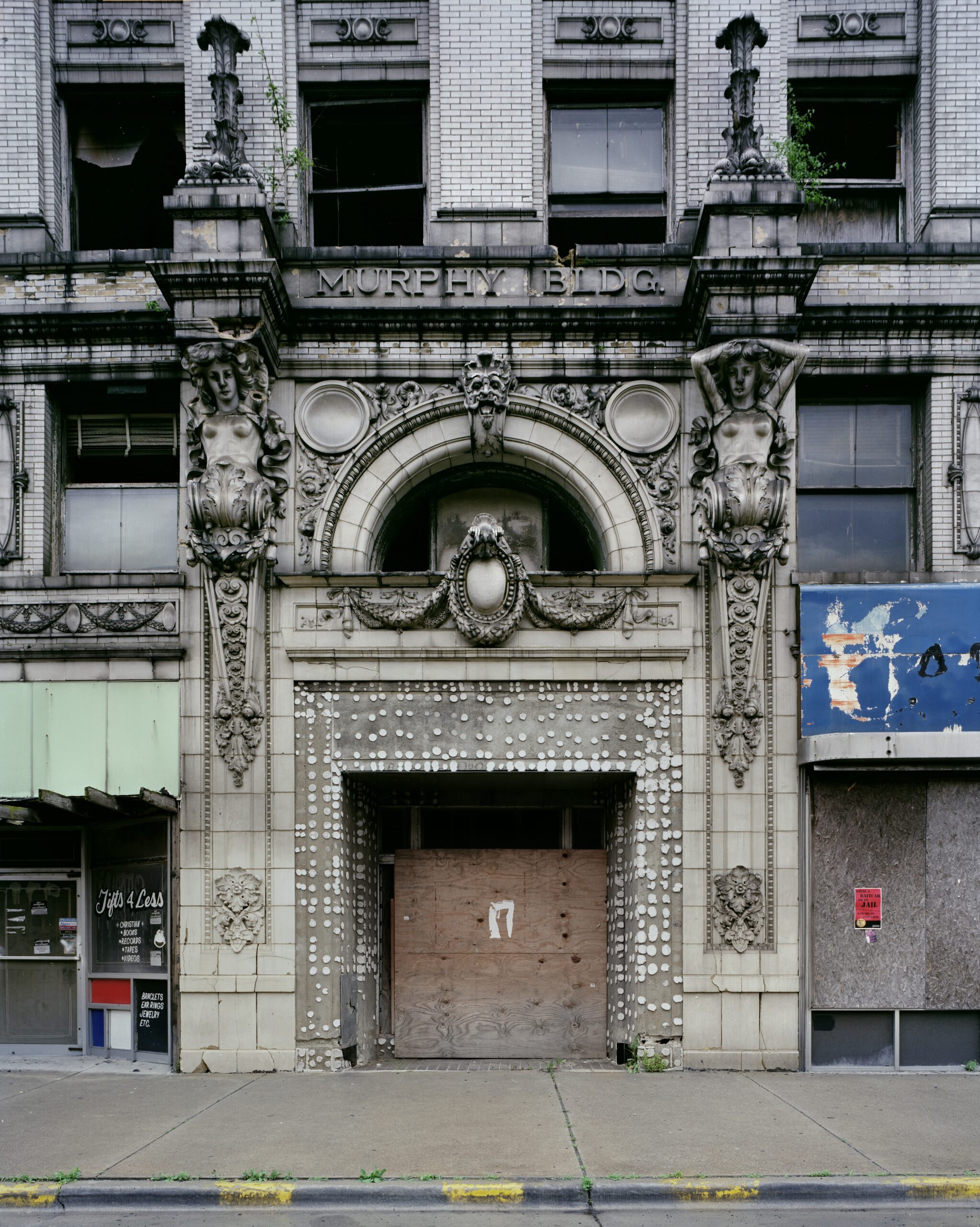
Saint Louis Remains #54 (Photo courtesy of Michael Eastman)
• • •

Pool Hall, MLK Blvd. (Photo courtesy of Michael Eastman)
• • •
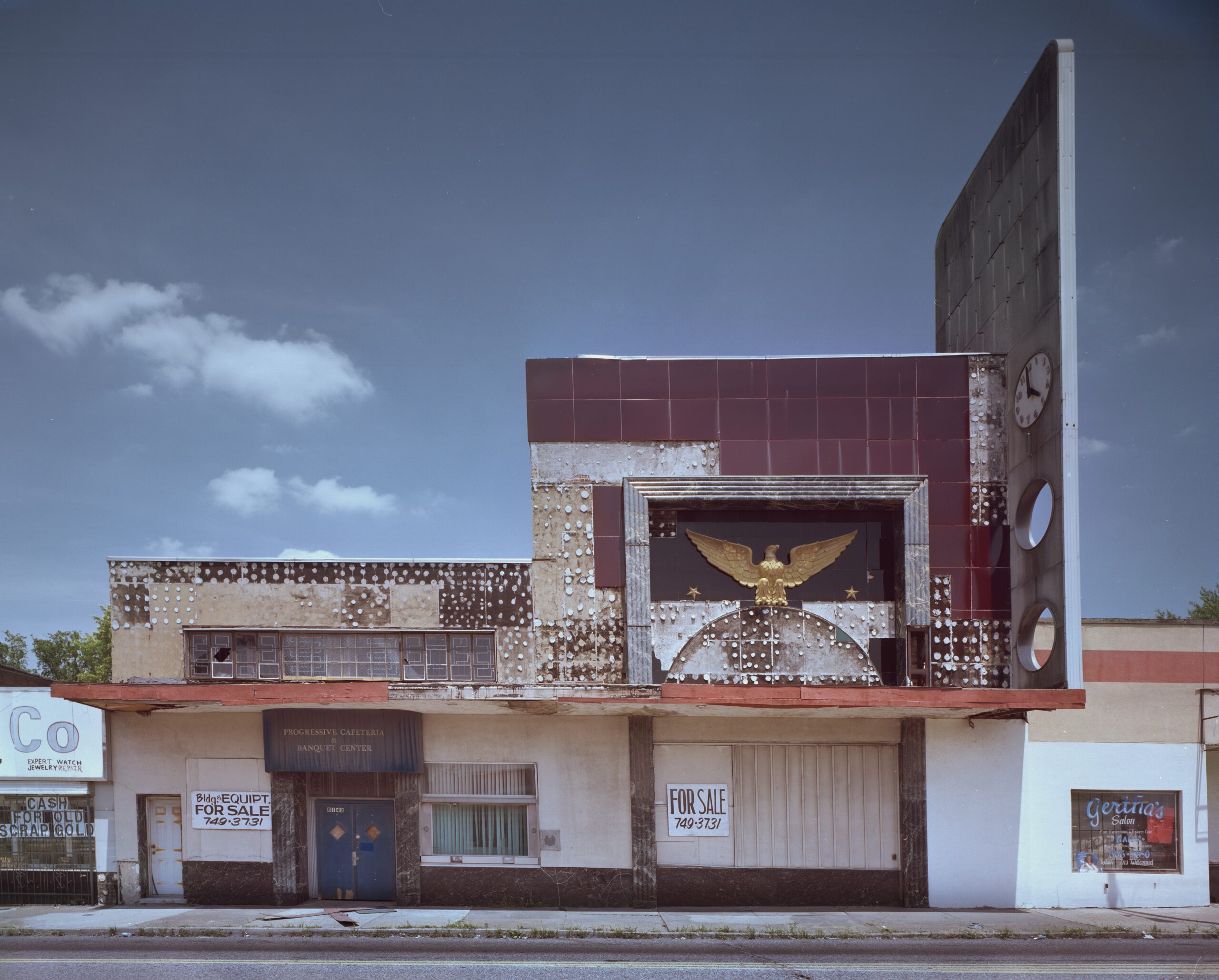
Golden Eagle, STL (Photo courtesy of Michael Eastman)
